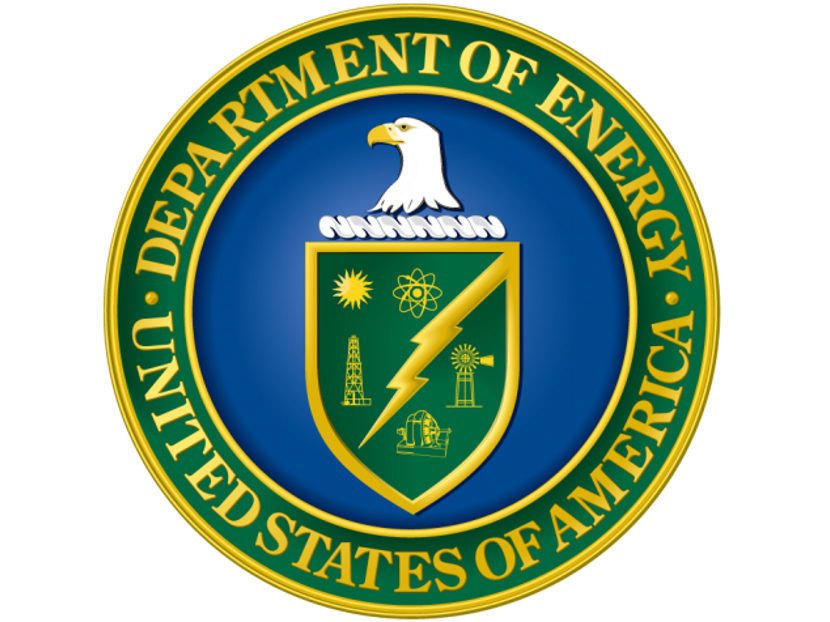DOE Finds 2021 IECC Commercial Provisions Provide Significant Energy and Cost Savings

The U.S. Department of Energy (DOE) and its Pacific Northwest National Laboratory (PNNL) recently completed their analysis of the commercial provisions of the International Code Council’s 2021 International Energy Conservation Code (IECC). As stated in PNNL’s report, “the 2021 edition of the IECC results in site energy savings of 12.1% at the aggregate national level compared to the 2018 IECC edition. In addition, on a national weighted average basis, the 2021 IECC is 6.5% more efficient for site energy use than Standard 90.1-2019.” The 2021 IECC also provides a nationally aggregated energy cost savings of 10.6% and greenhouse gas emissions savings of 10.2% as compared to the 2018 edition.
These savings are in addition to an earlier analysis by DOE and PNNL that found that the residential provisions of the 2021 IECC represent a 9.4% site energy savings improvement and an 8.7% improvement in carbon emissions relative to the 2018 IECC, saving homeowners an average of $2,320 over the life of a typical mortgage.
The DOE will be releasing significant funding to support jurisdictions in the update and implementation of energy codes. The Infrastructure Investment and Jobs Act (IIJA) provides $225 million over five years to support the implementation of updated energy codes. The Inflation Reduction Act (IRA) provides an additional $1 billion to support jurisdictions in adopting the 2021 IECC or the zero energy appendices for residential and commercial buildings contained in the 2021 IECC. Details on the funding and how the Code Council can support jurisdictions in accessing it are available at iccsafe.org/federalgrants.
Second, the Code Council, along with 12 national organizations, launched the Code on a Mission campaign with a goal to have over one-third of the U.S. population (115 million people) covered by codes that meet or exceed the 2021 IECC by the end of 2023. As of September 2022, the campaign was over halfway to achieving this goal, with over 70 million Americans currently covered. The Code on a Mission webpage features a suite of resources to support communities in the adoption and implementation of the 2021 IECC.
“The IECC is one of the most effective approaches to reducing energy use and greenhouse gas emissions of buildings. The Code Council is committed to advancing future editions of this energy code to meet the sustainability and resiliency needs of all communities,” said Ryan Colker, vice president of innovation of the Code Council.
Development of the 2024 edition of the IECC is currently underway and will deliver even more savings to consumers, including pathways to require zero energy buildings by 2030. PNNL will also be conducting an analysis of the 2024 IECC updates to document the additional savings. Interested parties are encouraged to participate in the development process, by providing feedback on the commercial and residential public comment drafts. The commercial draft is open for comment through October 21, 2022. The residential provisions will be open later this fall.




